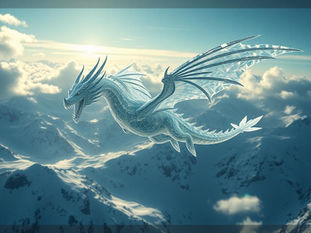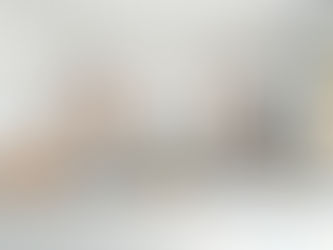
Improve Your Midjourney Images: Simple Techniques to Try
May 25
3 min read
0
5
0

Want to get better pictures from Midjourney? It's easier than you think! This guide explains some basic ideas and steps you can use right away to see better results.
Creating images with AI can be fun and creative. Learning a few simple tricks makes a big difference in how your final images look.
Start with a Clear Idea
The best images come from clear instructions. Think about exactly what you want the picture to show. What is the main subject? What is happening? Where is it taking place?
Describe Your Subject
Be specific about the subject. Don't just say "a cat." Say "a fluffy orange cat sitting on a windowsill."
What does it look like? (Color, size, texture)
What is it doing? (Sitting, running, sleeping)
What is its mood? (Happy, curious, calm)
Set the Scene
Where is your subject? The setting adds important details and mood.
Is it indoors or outdoors?
What time of day is it?
What kind of environment is it? (Forest, city street, cozy room)
Use Key Details in Your Prompt
Adding specific details helps Midjourney understand your vision better. Think about style, lighting, and camera view.
Choose a Style
Do you want your image to look like a photo, a painting, or something else? Mentioning an art style or a specific artist can help.
Examples: photographic, digital art, oil painting, watercolor, anime style
Think About Lighting
Lighting changes the feel of an image a lot.
Examples: soft light, dramatic shadows, golden hour, moonlight
Consider the Camera Angle
Where is the viewer looking from?
Examples: close-up, wide shot, from above, eye level
Putting these pieces together helps create a much richer prompt.
Work with Midjourney Parameters
Midjourney has special commands you can add to your prompt. These are called parameters and they control different aspects of the image creation.
AspectRatio (--ar)
This sets the shape of your image, like a wide photo or a tall photo.
Use --ar followed by a ratio like 16:9 (wide) or 9:16 (tall).
Chaos (--c)
This parameter adds more variety to the results --c 0 is less variety, --c 100 is maximum variety.
Stylize (--s)
This parameter affects how much artistic flair Midjourney adds. Lower values are more literal, higher values are more artistic.
Experimenting with parameters is a great way to see how they change your output.
Managing all these prompts and variations can be time-consuming. Tools exist to help. The Midjourney Automation Suite from TitanXT is designed to streamline your workflow and manage your image generation projects efficiently.
Tips for Better Results
Keep it Simple First: Start with a basic prompt, then add details slowly.
Use Negative Prompting (--no): Tell Midjourney what you *don't* want in the image. Example: --no cars, people
Learn from Others: Look at prompts used by others to get ideas.
Iterate and Refine: Generate images, see what works, and improve your prompt based on the results.
Refining prompts and keeping track of what worked can be complex. Using automation tools can significantly help. Consider the Midjourney Automation Suite at TitanXT to manage your prompted generations and variations more easily.
Experiment and Have Fun
The best way to get good at Midjourney is to try different things. Don't be afraid to experiment with strange ideas or combine different styles.
Every prompt is a chance to create something new and unique. The more you practice, the better you will get at predicting how your prompts will turn out.
If you are looking to scale up your Midjourney image creation or manage many projects, check out the Midjourney Automation Suite from TitanXT. It offers features that help automate repetitive tasks and organize your creative process.
Conclusion
Getting better images from Midjourney involves clear descriptions, using parameters effectively, and lots of practice. By focusing on these simple techniques, you can improve your results and create more of the images you envision.






